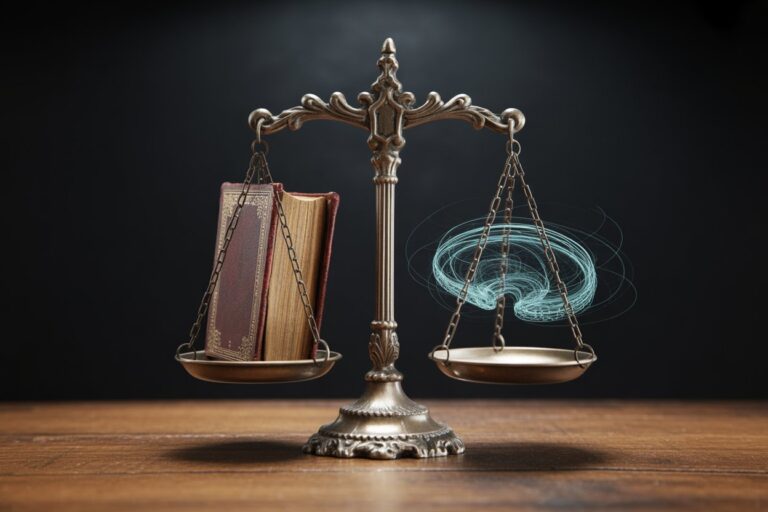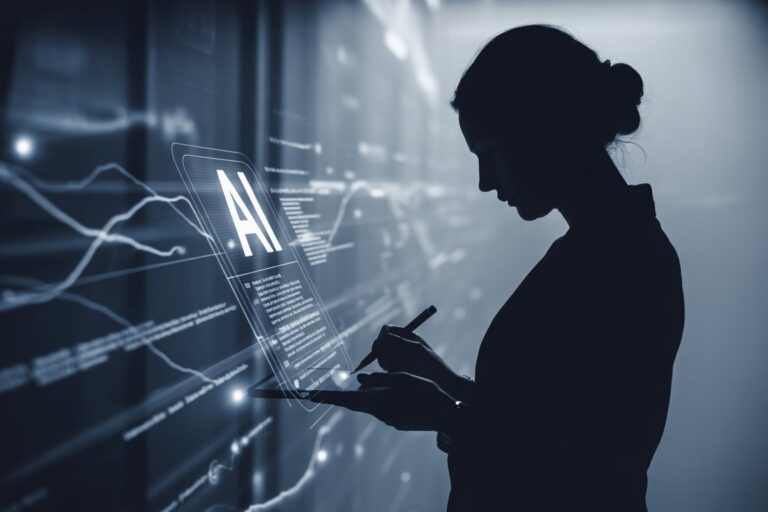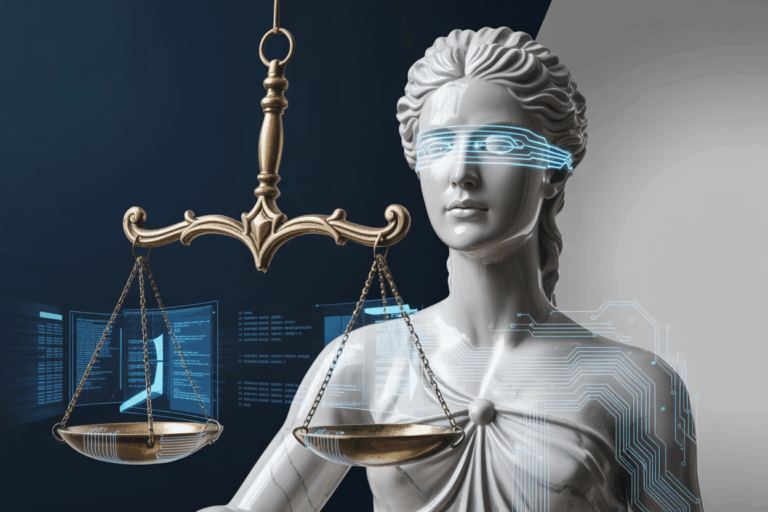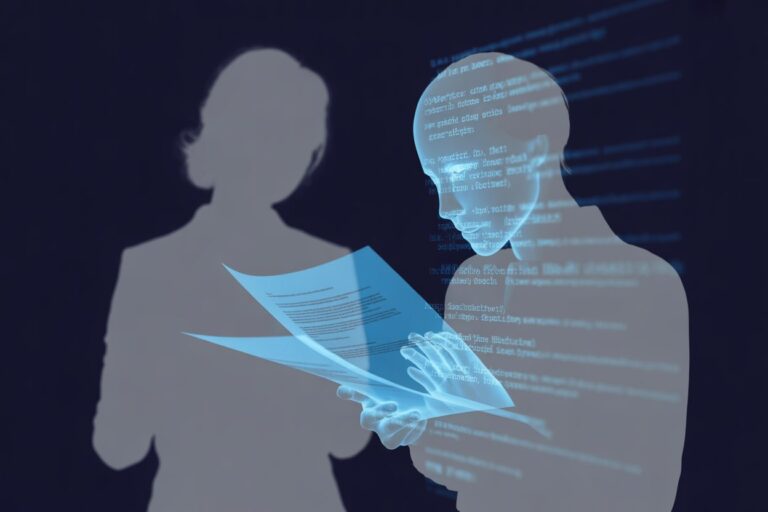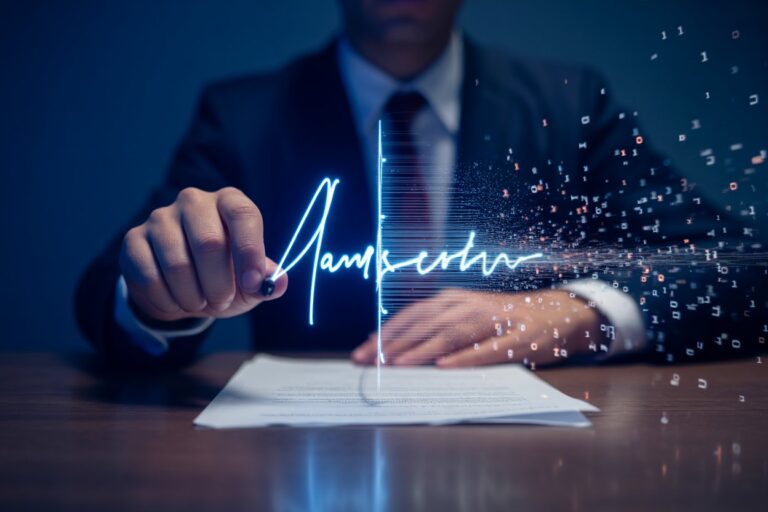Data Provenance Emerges as Legal AI’s New Standard of Care
Every day, somewhere in the legal cloud, new case law is scraped, sorted, and fed into machines that claim to understand it. Lawyers rarely see the source material or the people who prepare it. The hidden economy of legal data now stretches from public court archives to offshore labeling farms, and from law school libraries to commercial databases with opaque licensing. What once began as research assistance has evolved into a production line for synthetic reasoning. The law has never been so dependent on data it cannot authenticate, and the questions facing courts and counsel are no longer limited to how AI produces text, but what it was taught and who is responsible for the teaching.
The New Raw Material of Law
Every legal AI system begins with data, not doctrine. The material that trains these models comes from court records, statutes, filings, law review articles, and proprietary libraries. The process looks like scholarship but operates like industry. Vast collections of text are scraped, cleaned, and organized by unseen workers who transform legal history into machine readable code.
That transformation carries weight. When the source of a judicial opinion is unclear, or when confidential documents leak into a training set, the output may carry risk disguised as authority. The value of the model depends on the reliability of the data. The value of the data depends on trust.
At the federal level, the Federal Trade Commission has begun warning vendors that exaggerated claims about AI powered legal tools can amount to deception. In Europe, the AI Act now requires datasets used in high risk professions, including law, to be traceable and representative. What once passed as data science is becoming an exercise in regulatory compliance.
Building the Chain of Custody
The first step in any AI pipeline is curation, the careful selection of what goes in. For law, that process mirrors evidence handling. Harvard’s Caselaw Access Project and CourtListener both publish meticulous documentation tracing every opinion back to its original archive. Commercial firms like LexisNexis and Thomson Reuters have followed with transparency reports describing which jurisdictions and document types populate their systems.
These disclosures do more than satisfy curiosity. They create a chain of custody for data. An AI tool trained on misappropriated filings or privileged material could compromise attorney client confidentiality or expose firms to discovery risks. Without documentation, no one can prove where the law inside a model came from.
Federal courts have taken the lead in establishing verification standards. In 2023, U.S. District Judge Brantley Starr in the Northern District of Texas issued a standing order requiring attorneys to certify that no generative AI was used in preparing filings, or that any AI generated content was verified by a human. The Eastern District of Texas later amended its local rules to formalize these requirements. Meanwhile, state bar associations including Oregon have issued ethics guidance requiring lawyers to verify all AI generated work, reinforcing that evidence rules apply to data as well as to witnesses.
Annotation: Where Judgment Enters the Machine
Once data is collected, it must be labeled. That step is called annotation, and it determines how a model learns to reason about law. Human workers tag outcomes, note procedural posture, and identify issues. In theory, this converts raw text into structured knowledge. In practice, it introduces judgment, bias, and sometimes error.
Research published in the Stanford AI Index 2025 has found that training data quality remains a critical concern for responsible AI development. The report documents that advanced language models, while designed with measures to curb explicit biases, continue to exhibit implicit ones. Inconsistent labeling can amplify these biases across iterations of training. A single misclassification can cascade through thousands of predictions. For legal AI, this can mean a model that misreads precedent or misapplies doctrines it only partially understands.
Annotation is also where the invisible workforce of the legal data industry operates. Many annotators work under strict nondisclosure agreements, sometimes without formal legal training. Their collective decisions shape what models learn about authority and argument, often without oversight from the lawyers who will rely on the results.
RAG Systems and Their Limits
Legal technology vendors have promoted Retrieval Augmented Generation (RAG) as a solution to AI hallucinations. Unlike pure generative AI models that rely solely on training data, RAG systems first retrieve relevant documents from curated databases before generating responses. Major legal research platforms including Lexis+ AI and Westlaw’s AI-Assisted Research use RAG to ground their outputs in verified legal sources.
The promise was compelling: vendors claimed RAG would “eliminate” or “avoid” hallucinations entirely. But Stanford University research published in 2024 revealed a more complex reality. The study found that while RAG systems perform significantly better than general purpose chatbots like ChatGPT, they still hallucinate between 17% and 33% of the time when answering legal queries. Lexis+ AI achieved the highest accuracy at 65% correct responses, while Westlaw’s AI-Assisted Research hallucinated in approximately 33% of queries tested.
These findings underscore that even sophisticated legal AI tools require human verification. RAG reduces but does not eliminate risk. The technology represents progress, not perfection.
Verification: The New Standard of Care
Verification is where law and machine learning finally converge. It is the digital equivalent of cite checking, the lawyer’s ritual of reading every case and confirming every page. The National Institute of Standards and Technology urges developers to document each dataset, its sources, and its limitations. Some companies now commission third party audits, red team tests, and model cards that detail provenance and performance.
These efforts are not academic. They define the standard of care. A firm that fails to verify the data behind an AI tool risks the same kind of liability as a lawyer who fails to confirm a citation. If a system produces a false precedent and a lawyer signs it, the consequences fall not on the model but on the human who trusted it. Verification has become both an ethical imperative and a malpractice defense.
The Lawyer’s Duty of Care
The American Bar Association’s Formal Opinion 512 clarifies what many lawyers already suspected: competence now includes understanding the systems used to perform legal tasks. Model Rules 1.1 and 5.3 tie technological proficiency directly to ethical responsibility. If a lawyer uses AI to draft, research, or analyze, that lawyer must supervise the technology as if it were a junior associate.
The precedent from Mata v. Avianca remains instructive. In that 2023 case, attorneys submitted a brief generated by ChatGPT that cited non existent cases. The court imposed a $5,000 sanction, but the message was clear: courts will tolerate experimentation, not abdication. The ruling established a baseline of accountability that no future automation will erase.
Since Mata, the judicial response has intensified. In November 2024, a Texas federal court sanctioned attorney Brandon Monk for using the AI tool Claude to generate fake case citations, ordering a $2,000 penalty and mandatory continuing legal education. In February 2025, a Wyoming federal court sanctioned Morgan & Morgan attorneys for submitting motions containing AI hallucinated cases from the firm’s proprietary “MX2.law” system. In July 2025, attorneys representing MyPillow CEO Mike Lindell were each fined $3,000 after filing documents with more than two dozen AI generated errors in a Colorado defamation case.
The cascade of sanctions demonstrates that courts distinguish neither between proprietary and public AI tools, nor between intentional and inadvertent reliance. Accountability rests with the lawyer who signs the document.
Malpractice insurers have already adapted. Several now ask firms to disclose their AI systems and the measures taken to verify data sources. The process echoes the compliance checklists once created for cybersecurity. Where the law goes, risk management follows.
Closing the Vendor Accountability Gap
As firms integrate AI into daily work, contracts with technology vendors have become the next fault line. Most agreements disclaim liability for data quality, placing the burden squarely on the user. This creates an accountability gap: vendors market AI tools as reliable and sophisticated, yet contractually deny responsibility when those tools fail.
Forward thinking firms have begun negotiating provenance clauses that require vendors to maintain records of data sourcing and labeling. These provisions typically include requirements for vendors to:
- Document the origin and licensing status of all training data
- Maintain audit trails showing which data influenced specific outputs
- Provide regular transparency reports on model performance and error rates
- Notify clients immediately upon discovering data contamination or licensing violations
- Indemnify users for losses resulting from undisclosed data defects
Some firms have established internal review boards that assess any dataset touching client work. Others require vendor certification that training data contains no privileged materials, confidential filings, or unlicensed content. These contractual safeguards reflect a recognition that when an AI model trained on mislabeled or unauthorized material generates flawed analysis, the entire chain from data supplier to law firm can share the blame.
The problem remains largely invisible until it is litigated. The evidence, buried deep in the pipeline, may never fully surface. This asymmetry of information places law firms at a structural disadvantage, making vendor transparency not merely desirable but essential to informed risk management.
Governance by Design
Governance is no longer an aspiration but a design principle. The ISO/IEC 42001:2023 standard for AI management systems sets out protocols for documenting data lineage, audit trails, and risk controls. The AI Act’s conformity assessments in Europe reinforce those requirements with legal force. The result is a slow migration toward transparency as the default expectation rather than the exception.
The United States has approached governance through scattered agencies and state initiatives. The White House Blueprint for an AI Bill of Rights, along with rules from California and Colorado, frames documentation and human oversight as cornerstones of trust. Regulators may differ in jurisdiction, but their message is converging: a system cannot claim reliability without a record of what it learned and when.
From Source to Sentence
The law has always been a discipline of provenance. Every argument must point back to a source, every source to a record, and every record to an origin that can be verified. Legal AI is no different. It is built not only on code, but on the quiet decisions of those who curated, annotated, and verified its foundation.
As the profession delegates more of its reasoning to machines, it inherits the obligation to document the data behind that reasoning. The next test of competence will not be who can prompt most effectively, but who can prove that the information guiding those prompts was lawful, licensed, and true. In law, credibility begins where the record begins.
Sources
- American Bar Association – Formal Opinion 512
- Caselaw Access Project – Harvard Law School Library Innovation Lab
- CourtListener – Free Law Project
- European Commission – AI Act Regulatory Framework
- Federal Trade Commission – AI Claims Guidance
- ISO/IEC 42001:2023 – Artificial Intelligence Management Systems
- Mata v. Avianca, Inc., No. 1:2022 cv 01461 (S.D.N.Y. June 22, 2023)
- National Institute of Standards and Technology – AI Risk Management Framework
- Stanford AI Index 2025 – Responsible AI Chapter
- Stanford University – Hallucination Free? Assessing the Reliability of Leading AI Legal Research Tools (Journal of Empirical Legal Studies, 2025)
- Thomson Reuters – Data and AI ethics principles
- LexisNexis – Responsible Artificial Intelligence Principles at RELX
- White House Office of Science and Technology Policy – Blueprint for an AI Bill of Rights
- U.S. District Court for the Eastern District of Texas – Local Rule AT-3 (Standards of Practice for Attorneys)
- Oregon State Bar – Formal Opinion No. 2025-205 (Artificial Intelligence Tools)
- Gauthier v. Goodyear Tire & Rubber Co., No. 1:23-cv-281 (E.D. Tex. Nov. 25, 2024)
- Wadsworth v. Walmart Inc., No. 2:24-cv-00029 (D. Wyo. Feb. 24, 2025)
- Coomer v. Lindell, No. 1:21-cv-03267 (D. Colo. July 7, 2025)
This article was prepared for educational and informational purposes only. It does not constitute legal advice and should not be relied upon as such. All cases, sanctions, and sources cited are publicly available through court filings and reputable media outlets. Readers should consult professional counsel for specific legal or compliance questions related to AI use.
See also: When Machines Decide, What Are the Limits of Algorithmic Justice?


